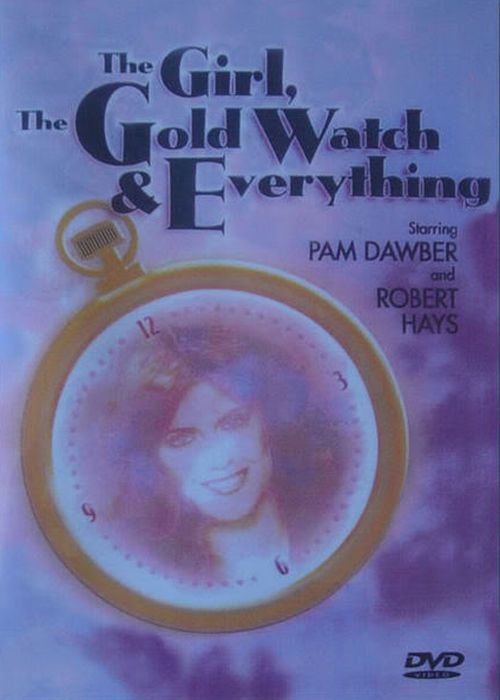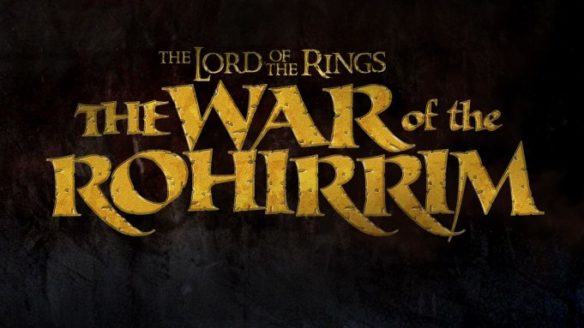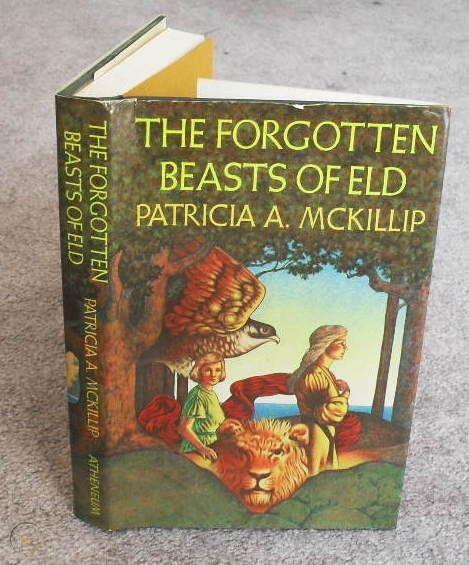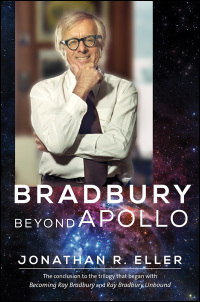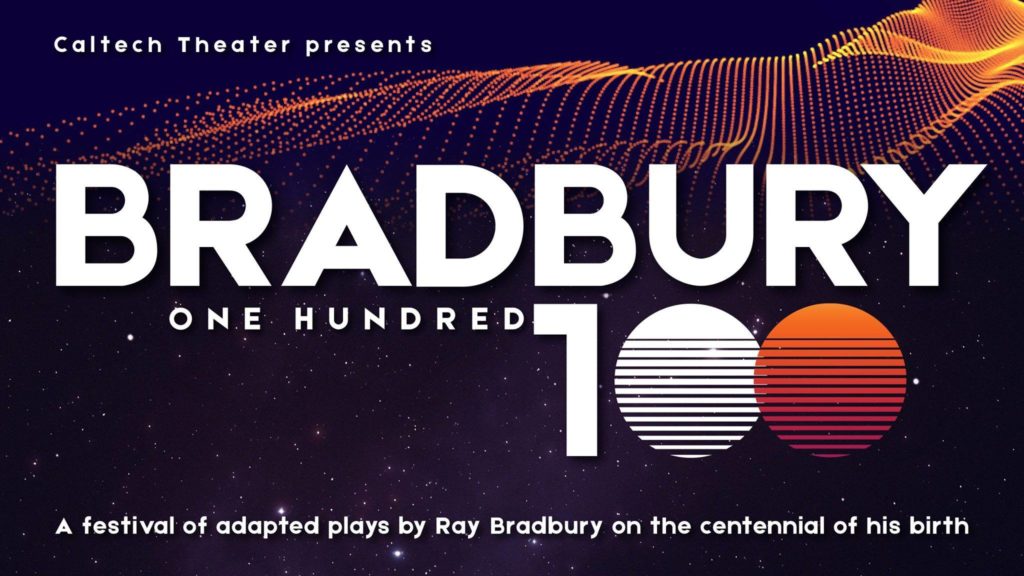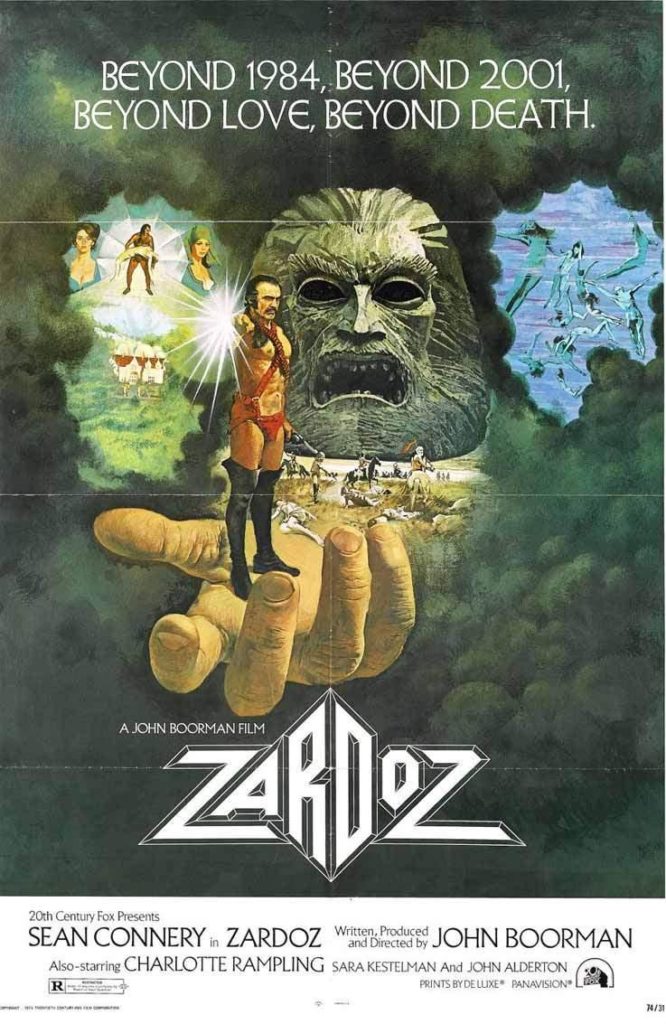(1) THUMBS UP, THUMBS DOWN. GameRant has opinions: “Ray Bradbury’s Novels: Best & Worst Film & TV Adaptations”. The list starts with one Ray personally downchecked.
… Not every adaptation has been perfect, of course, and even when the movie or show is a decent product other things can go wrong to make it less than successful. Bad publicity, a low budget, or disagreements between the director and studio can bring a whole production down even if the story and cast are on point. Bradbury’s work as it appears on screen can go either way depending on the viewer’s personal opinion of the original, and the author himself didn’t mince words when offering his own thoughts on the matter.
6. The Martian Chronicles (1980)
This BBC miniseries had all the marks of a successful adaptation, at least in the beginning. It had a cast with big names like Rock Hudson and Bernadette Peters, an original soundtrack with more than 30 songs, more than decent production values, and it was an adaptation of a novel of the same name by a popular author with literary clout.
However, things started to go awry when Ray Bradbury himself described the show as “boring” at a solo press conference. Although he and screenwriter Richard Matheson had worked together on the adaptation, Bradbury was disappointed with the result, which deviated significantly from his original story. Even though the show was finished in 1979, this poor marketing was enough to delay the release for a year, but fans and critics ultimately gave The Martian Chronicles a positive reception.
(2) HAVE YE READ THE GREAT WHITE WHALE. “Ray Bradbury, Moby Dick and the Irish connection” in The Irish Times.
… One part of the Bradbury story that may be less well known, however, is his Irish connection. This had its origins when in 1953 director John Huston recruited him to write the screenplay for his film of Moby Dick. Though the two men had expressed a wish to work together, Huston’s offer came to Bradbury as a bit of a shock, possibly because at the time he had yet to read Melville’s novel.
But, of course, this was an offer he couldn’t refuse. So, the night of Huston’s proposal, Bradbury – by his own account – stayed up till dawn making good his omission, a feat that smacks of Ahab’s whale-tussling or some such epic fiction. And, by morning, the account continues, Bradbury had knocked enough skelps off the thing to believe he was the man for the screenwriting job. It turned out that he’d signed up for a stormy voyage – but the money was good: $12,500 for the script, plus another $200 a week living expenses.
At the time, Huston was living in Courtown House near Kilcock, Co Kildare and intended to direct Moby Dick with this as his base. Obviously Bradbury had to be on hand as well. So in September 1953, with his wife, their two small children and a nanny, he trekked from Hollywood by land and sea (Bradbury could imagine space travel but wouldn’t board a plane for God or man) to Dublin’s Royal Hibernian Hotel on Dawson Street (where the arcade is now)….

(3) POLITICAL PERSPECTIVE. Bradley J. Birzer highly praises Jonathan R. Eller’s biography Becoming Ray Bradbury in “Ray Bradbury’s First 33 Years” at The Imaginative Conservative.
…In terms of Bradbury’s politics, he was immensely complicated. As a very young man, he embraced—to a rather shocking degree—ideas of technocracy, believing that the future of America, especially through the Great Depression, and even into World War II, resided in economic and scientific efficiency. Everything, he thought, was tied to the ideas of energy production and output. However, at a meeting of technocrats, all adorned in their matching grey suits, Bradbury suddenly realized that his affection for their policies, was akin to loving either Mussolini or Stalin. He moved toward the mainstream parties. Though a Stevenson Democrat in 1952, Bradbury found himself, again, disillusioned with the presidential candidate, especially after Stevenson refused to address directly either the Korean War or Joseph McCarthy’s scandalous witch hunts. Famously (or infamously, depending on one’s point of view), Bradbury took out a large ad in Variety, “To the Republican Party,” challenging them to disown McCarthyism as well as refrain from claiming that anyone in the Democratic Party was a Communist. In the spring of 1953, Bradbury published in The Nation one of his most famous essays, “Day After Tomorrow: Why Science Fiction,” a defense of the much maligned literary genre. Later that year, Bradbury’s masterfully anti-consumerist but deeply libertarian novel, Fahrenheit 451, appeared, perhaps solidifying the author’s anti-authoritarian reputation….
(4) FLAME ON. The opening panels from this 1984 computer game can be viewed at the Internet Archive: “Fahrenheit 451 : Byron Preiss Video Productions, Inc., Trillium Corp.”.
In a not so distant future, books have become illegal. As Fireman Guy Montag, the player’s role is not to save houses, but to burn them for the books inside. However, Guy becomes passionate about books and becomes a rebel, pursued by the authorities. With the help of the Underground, he must survive and save books from complete extinction.
The game acts a sequel to Bradbury’s novel. Following the imposition of martial law Montag finds the young woman who inspired his resistance to the established order. With her help he can now track down 34 microcassettes which hold the contents of the New York Public Library, then pass them on to underground members who will memorise the texts.

(5) CENSORING AND BOWDLERIZING 451. From the Wikipedia’s article on Fahrenheit 451.
Expurgation
Starting in January 1967, Fahrenheit 451 was subject to expurgation by its publisher, Ballantine Books with the release of the “Bal-Hi Edition” aimed at high school students.[58][59] Among the changes made by the publisher were the censorship of the words “hell”, “damn”, and “abortion”; the modification of seventy-five passages; and the changing of two incidents.[59][60]In the first incident a drunk man was changed to a “sick man”, while the second involved cleaning fluff out of a human navel, which instead became “cleaning ears” in the other.[59][61] For a while both the censored and uncensored versions were available concurrently but by 1973 Ballantine was publishing only the censored version.[61][62] That continued until 1979, when it came to Bradbury’s attention:[61][62]
In 1979, one of Bradbury’s friends showed him an expurgated copy of the book. Bradbury demanded that Ballantine Books withdraw that version and replace it with the original, and in 1980 the original version once again became available. In this reinstated work, in the Author’s Afterword, Bradbury relates to the reader that it is not uncommon for a publisher to expurgate an author’s work, but he asserts that he himself will not tolerate the practice of manuscript “mutilation”.
The “Bal-Hi” editions are now referred to by the publisher as the “Revised Bal-Hi” editions.[63]
Then there’s this example where someone rewrote the book without permission: “Fahrenheit 451 As Childrens Book” at Slideshare.net.

(6) PRESCRIPTION 451. And yet the American Medical Association says that Bradbury book is good for what ails you: “5 fantastic novels doctors recommend for your summer reading list”.
Reading can boost your vocabulary, sharpen your reasoning, expand your intellectual horizons and improve memory. But reading for fun can also help in the battle against physician burnout.
Here, in alphabetical order by book author, are five novels that AMA members who have participated in the “Shadow Me” Specialty Series recommend reading….
Fahrenheit 451
By Ray Bradbury
“This book speaks to teen idealism and offers a wealth of wisdom about maintaining perspective, understanding history, valuing art and literature and remembering to live life,” said Kanani Titchen, MD, a pediatrician and adolescent medicine physician.
Battling burnout… Wait, I get it!!
(7) FINGERPRINTS. “The Twilight Zone: Ray Bradbury’s Influence Is All Over Six Degrees of Freedom” — Den of Geek tells readers where to look for it.
The following contains spoilers for The Twilight Zone, “Six Degrees of Freedom.”
If the latest episode of the newly rebooted Twilight Zone — “Six Degrees of Freedom” — feels old school to you, you’re not crazy. For bookish types, the most obvious Easter egg in the episode comes pretty early; the Mars-bound spaceship central to the story is called“Bradbury Heavy,” a kind tribute to Elon Musk putting the word “heavy” after the names of rockets, but also, of course, the iconic author of The Martian Chronicles, Ray Bradbury. And, even if the screenwriters of this Twilight Zone episode (Glen Morgan and Heather Anne Campbell) weren’t intentionally homaging Ray Bradbury’s writing, his ghost haunts this creepy episode in surprising ways….
(8) BRADBURY AWARD HONOREES. In 2022, The Portalist called these “The 10 Best Movies That Have Won the Ray Bradbury Award”.
Ray Bradbury was, among many other things, a celebrated screenwriter. He wrote the screenplay for John Huston’s 1956 adaptation of Moby Dick, as well as teleplays for some 59 episodes of The Ray Bradbury Theater, to name just some of his credits. And in 1992, the Science Fiction and Fantasy Writers of America (SFWA) inaugurated the Ray Bradbury Award for Outstanding Dramatic Presentation in his honor.
Presented at the same time as the SFWA’s Nebula Awards, the Ray Bradbury Award was not initially considered a Nebula. It was chosen not by a vote from members of the SFWA, as the Nebulas are, but by the organization’s president. In that format, it was presented in 1992, 1999, 2001, and 2009. At the same time, there was also a Nebula Award for Best Script, which was given out in the ‘70s and brought back in the 2000s.
After 2009, the two were rolled into one….
The list includes:
Gravity
Known for being absolutely stunning, among other things, Alfonso Cuarón’s flick about stranded astronauts played by Sandra Bullock and George Clooney managed to nab a whopping seven Academy Awards, including Best Director. It was nominated for Best Picture, but lost to 12 Years a Slave.
Gravity‘s competition for the Bradbury was less stiff, though it did still beat out Pacific Rim, the Hunger Games sequel, Spike Lee’s Her, and others….

(9) WHERE IDEAS COME FROM. In “Ray Bradbury on feeding your creativity”, Austin Kleon reminds people about Ray’s three-point plan:
(10) WICKED GOOD. Jack Butler of National Review Online has nice things to say about Somethng Wicked This Way Comes. “Halloween Explored in Literature”.
…This year, it’s Ray Bradbury’s Something Wicked This Way Comes. The book, which tells the story of a mysterious carnival’s arrival to and malevolence in a small town, is a master class in supernatural suspense:
The carnival, populated by a grotesquerie of characters against whom the boys, at first alone, contest, comes to life in vivid, unsettling descriptions. At the center of it all is Mr. Dark, “the illustration-drenched, superinfested civilization of souls.” His designs assail the boys through time-manipulating carousels, witch-piloted hot-air balloons, blood-drenched fists that drip onto boys hiding below a sewer grate, stealthy pursuits through endless stacks of books and infinite mazes of mirrors, and more. (In a 1983 adaptation, Mr. Dark is chillingly depicted by a young Jonathan Pryce.) At first, the boys alone perceive the carnival’s malevolence, as it operates through the town, preying on citizens’ desires and sins while trying to enfold the boys into its plots as a means of shutting them up. Anyone looking for an eerie and gripping Halloween read will find plenty that’s satisfying in Something Wicked This Way Comes.
But he will also find more than that, as I argue in my piece, which you can read here….
(11) CELEBRITY BRUSH. In the Season 5 opening episode of The Marvelous Mrs. Maisel there is a fictional variety show she writes for. They announce the evening’s guests, “Angie Dickinson and the novelist Ray Bradbury.” Best part of the episode.
(12) NEWSMAKER. Here’s a clip from Ray Bradbury’s talk at the San Diego Comic Con in 1974 hosted on CBS 8 San Diego’s YouTube channel.
August 1, 1974 Devotees of comics strips and comic books gathered in a convention today at El Cortez Hotel where one of the major attractions was the famous writer, Ray Bradbury. He is noted as one of America’s leading science fiction authors, but is also a poet, novelist, playwright, essayist, and creator of musical productions. Bradbury has been a fan of the comics since boyhood. Today I asked him (Harold Keen) if he considers comic books and newspaper comic strips genuine American art form. Bradbury said he is planning to adapt some of his short stories into a comic magazine of his own.
[Thanks to John King Tarpinian, Andrew Porter, and Martin Morse Wooster for these stories.]






